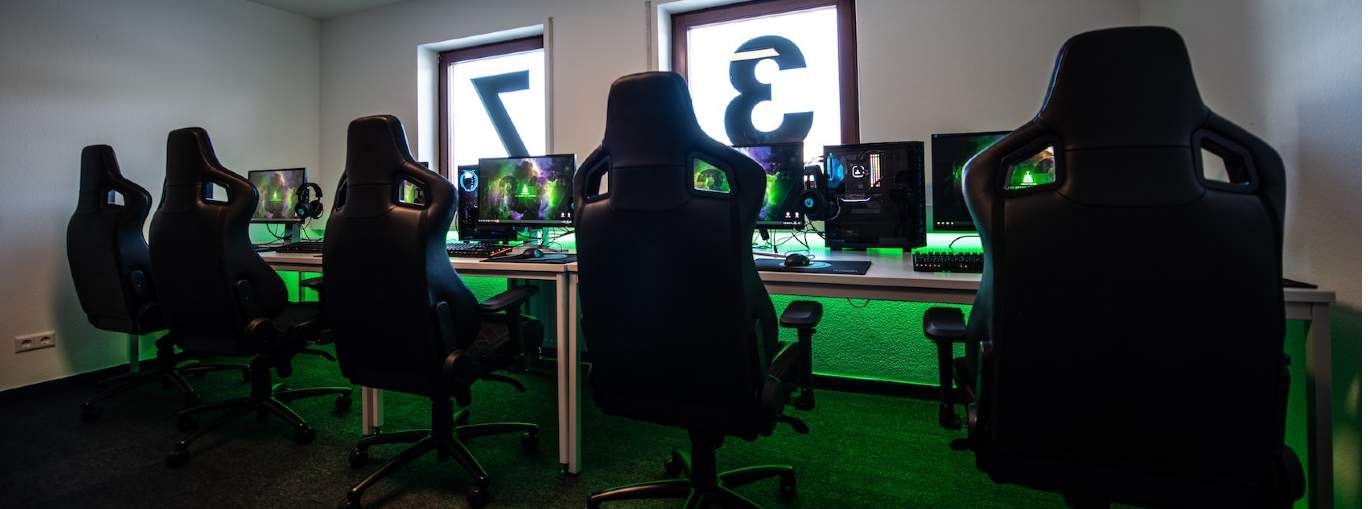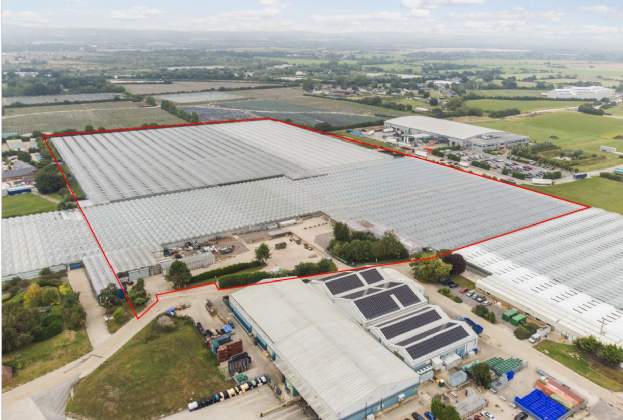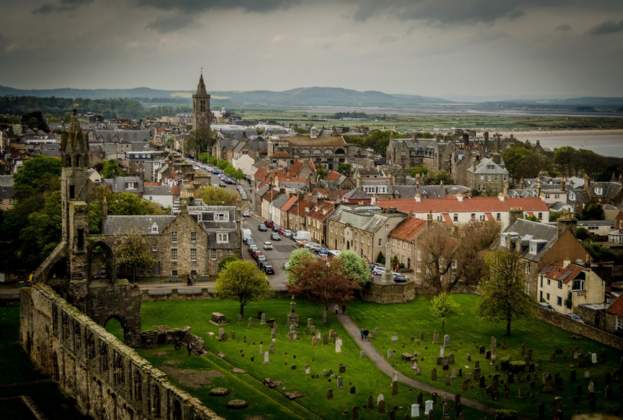In a world where brands are constantly reinventing themselves and striving to remain authentic and relevant to consumers, it’s little surprise that the gaming world, with an estimated 2.5 billion enthusiasts, has become a go-to sector to engage with.
Gaming originated as a niche activity but it’s now a fast-growing part of the global economy. In the UK it accounts for over half of the entertainment market, bigger than film and music combined. In Europe, Newzoo estimates it’ll be worth $43 billion by 2022.
The sector is often the originator of technologies which filter down into consumer markets and, consequently, interfaces with other parts of the creative and technology eco-system. This is also a world characterised by its community. Young, digital and global, they inhabit the interface of the physical and online worlds, defining how we consume entertainment.
For those unfamiliar with gaming culture or the industry, the rise of esports has raised awareness. Defined as multi-player video gaming, played competitively for online and offline spectators, esports has a growing structure which includes players, teams, broadcasters and sponsors. While having similarities to traditional sports models, it has many distinguishing characteristics, not least how the fan community engages and interacts.
While the newest kid on the creative block, gaming is at the forefront of innovation for other sectors. The fashion industry was early to the gaming scene: Louis Vuitton’s collaboration with Riot Games around League of Legends shows the capacity for brands to align.
With new fashion apps such as Drest and Ada, the relationship between fashion and gaming is moving closer and the recent popularity of Nintendo’s Animal Crossing: New Horizons demonstrates how being imaginative and coupling family-friendly gaming with a playful approach to fashion is highly appealing.
But to what extent will the digital world become the place we go to consume? From The Fabricant’s digital clothing to Aglet’s limited-edition virtual sneakers, is this a new sustainable future for fashion? With brands large and small set to explore this space, a key focus will be understanding the relative social and environmental impacts of these business models.
What’s the overall effect on the built environment? It’s likely that physical spaces will increasingly create a seamless experience for consumers, allowing them to align the physical world with their digital engagement.
These spaces may mirror the fun, escapist nature of the digital realm. Large-scale venues are likely to be designed to enable a broad range of immersive experience and entertainment for new fan communities. On high streets we might expect light, bright and welcoming spaces designed for casual gamers, reflecting the synergies between gaming and other creative industries.
Lastly, we may see the emergence of mixed-use ecosystems where how we live, work, learn and play are influenced by gaming and a creative lens.
Beyond Covid-19, much of the future is unknown. Our engagement with the physical and digital worlds, awareness of environmental and social impact, how we consume and do business are all changing. Much is left to understand, but given the significance of gaming it’s likely to be central to the conversation.



.jpg)

.jpg)

.jpg)
.jpg)
.jpg)
